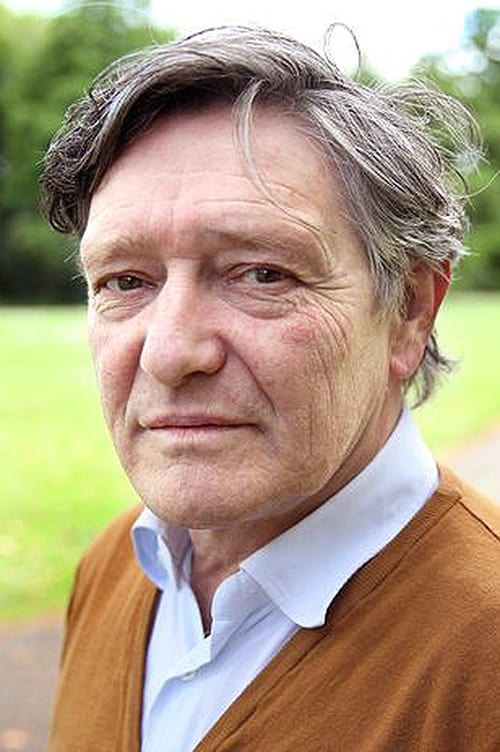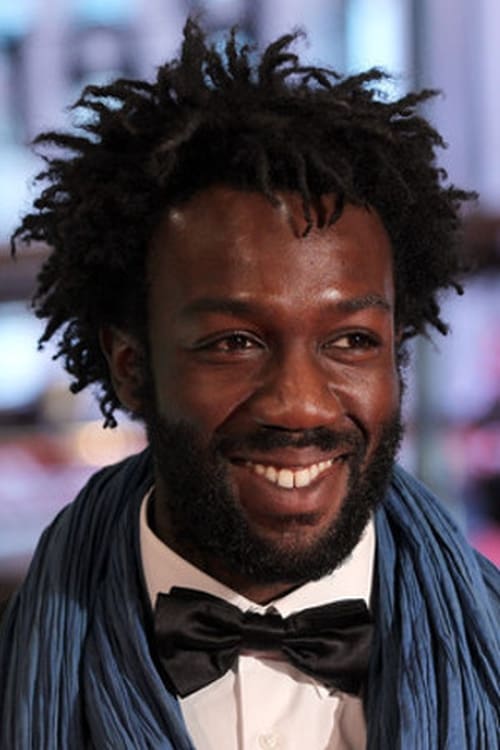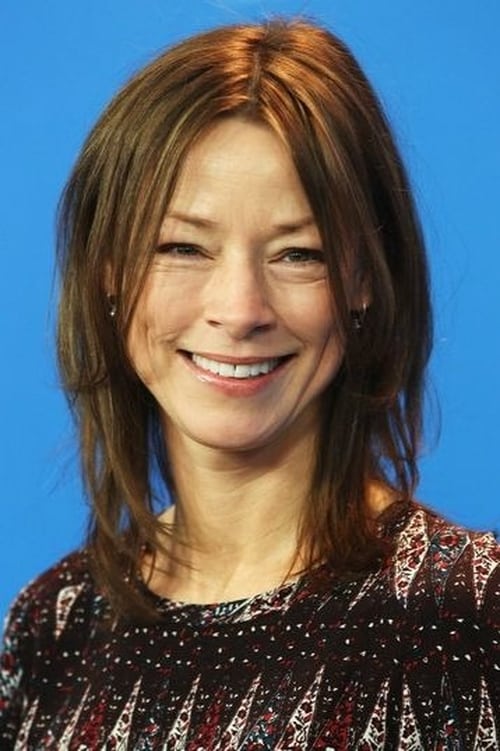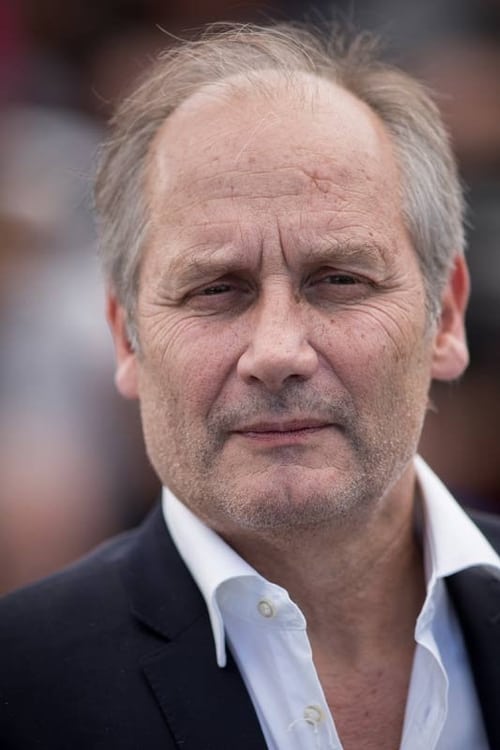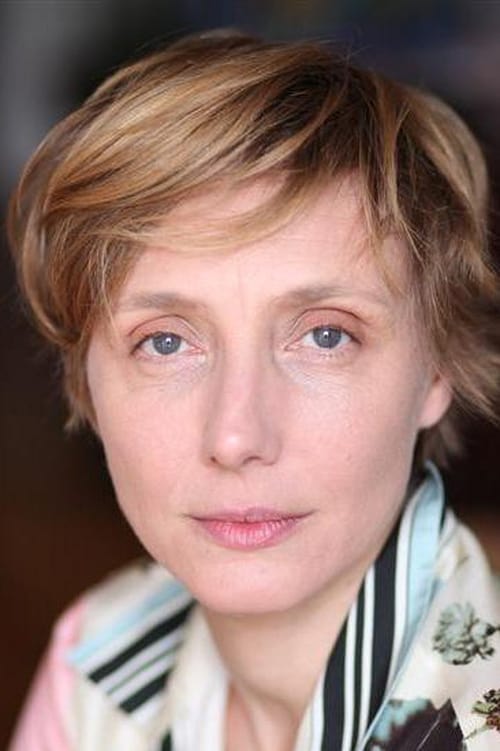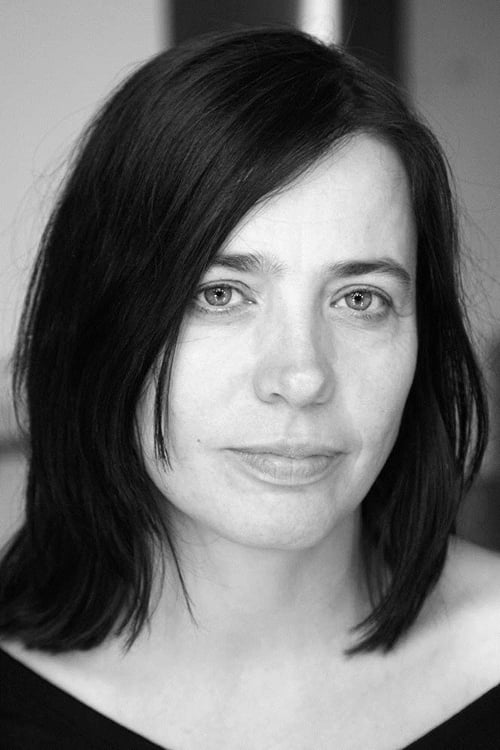Sleeping Sickness (2011)
Genre : Drama
Runtime : 1H 31M
Director : Ulrich Köhler
Writer : Ulrich Köhler
Synopsis
Ebbo and Vera Velten have spent the better part of the past twenty years living in different African countries. Ebbo is the manager of a sleeping sickness programme. His work is fulfilling. Vera, however, feels increasingly lost in Yaounde’s ex-pat community. She can’t bear the separation from her 14-year-old daughter, Helen, who is attending boarding school in Germany. Ebbo must give up his life in Africa or he risks losing the woman he loves. But his fear of returning to a land now remote to him increases with each passing day. Years later. Alex Nzila, a young French doctor of Congolese origin, travels to Cameroon to evaluate a development project. It’s been a long time since he set foot on this continent, but, instead of finding new prospects, he encounters a destructive, lost man. Like a phantom, Ebbo slips away from his evaluator.
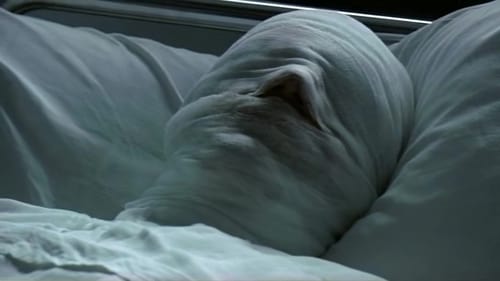
In an impressive follow up to his debut film Forest, Benedek Fliegauf tells the uncompromising story of a day in the life of a drug dealer. His clients include the leader of a religious sect, a friend who needs a final fix, a former lover who has had his child, a student, and a black marketeer. Fliegauf's film recreates life in a city that resembles a ghost town, an alienated world with its own priorities and realities. It is, he says '. an imaginary city with a strongly spiritualist atmosphere. This necropolis is the film's real protagonist'.

A film composed of images from prisons. Quotes from fiction films and documentaries as well as footage from surveillance cameras. A look at the new control technologies, at personal identification devices, electronic ankle bracelets, electronic tracking devices.

A San Francisco singer flees Chinatown on murder charges and poses as a missionary in Alaska.

An American scientist prevents an attempt against an oil Sheik, who, in return, opens the gates of his harem to his saviour. There, nude girls invite him to explore their bodies. Has anyone escaped from the street of a thousand pleasures?

Two strangers have a strong impact on a young man who's spending some time with his family in this drama from Germany. Seventeen-year-old Anton has been struggling to make sense of his life since his father committed suicide when Anton was attending boarding school. Anton's mother, Luiza, wants to mend her strained relationship with her son and introduce him to her boyfriend, Paul, so she arranges for them to take a vacation together.

Aus der Ferne is a personal travelogue, a documentary about a trip through Turkey. Thomas Arslan, who filmed the journey himself, undertook the trip in May/June 2005. The route takes him through Istanbul and Ankara to Gaziantep in the southeastern part of the country, from there further eastwards via Diyarbakir and Van to Dogubayazit near the Iranian border. The film describes moments during the journey that differ from the usual motifs that inform the image of present-day Turkey – from impressions of day-to-day life in such Western cities as Istanbul and Ankara all the way to regions in the country’s easternmost territory that were locked in battle until recently.

An old man is kidnapped. His interrogation uncovers the biography of a mass murderer: The 80 years old man was a SS leader and responsible for the killing of thousands of people in Russia. He also "invented" an evil technique of eliminating political prisoners: the manipulated suicide. Thomas Harlan reconstructs the history of a bureaucratic murderer, he also develops a direct connection between the Nationalsocialism and the treatment of prisoners of the RAF terrorists in the Stuttgart isolation prison. Robert Kramer filmed the shooting of Harlan's Wundkanal: Notre Nazi documents a social experiment in which the children of Nazis and of victims meet a real culprit. The reality seems to be stronger that the fiction in Harlan's film. (Edition Filmmuseum)
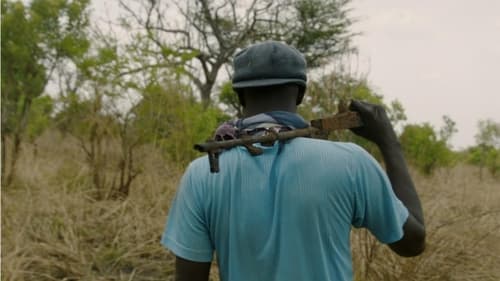
Uganda, 1989. A young Acholi rebel guided by spirits, Joseph Kony, forms a new rebel movement against the government: the LRA, The Lord’s Resistance Army. An “army” that grew by abducting teenagers – more than 60 000 over 25 years – of which less than half came out of the bush alive. Geofrey, Nighty and Mike, a group of friends, as well as Lapisa, were among these youths, abducted at 12 or 13. Today, in their effort to rebuild their lives and go back to normal, they revisit the places that marked their stolen childhood. At the same time victims and murderers, witnesses and perpetrators of horrific acts that they did not fully understand, they are forever the "Wrong Elements" that society struggles to accept. Meanwhile, in the immensity of the Central African jungle, the Ugandan army still continues to hunt the last scattered LRA rebels. But Joseph Kony is still out there, on the run.

Tourneur, a self-proclaimed cinéaste, feuds with Cinema and his gang, who are obsessed with foreign action movies.

Portrait of youths in an abandoned amusement park in Casablanca, in meaningful tableaus inspired by social media. "I am here, I exist."

Directed by Armand Gatti

A woman's life is destroyed when she discovers that her husband has another family.

La part de l’ombre recovers the life of the Hungarian photographer Oskar Benedek, who disappeared the day his exhibition opened; what happened to him? - IndieLisboa

According to Harun Farocki, today's photographers working in advertising are, in a way, continuing the tradition of 17th century Flemish painters in that they depict objects from everyday life - the "still life". The filmmaker illustrates this intriguing hypothesis with three documentary sequences which show the photographers at work creating a contemporary "still life": a cheese-board, beer glasses and an expensive watch.

Kempinski is a mystical and animist place. People emerge from the dark, holding fluorescent lamps; they speak about a magical world. “Today we have a space station. We will launch space ships and a few satellites soon that will allow us to have much more information about the other stations and other stars.” Their testimonies spark confusion and contradiction: a second reading is necessary to fully understand what is going on in this unique blend of fiction (sci-fi) and ‘real’ documentary. The scenario of ‘Kempinski’, filmed in various towns in Mali, is defined by specific rules: interviewed people imagine the future and speak about it in the present tense. Their hopeful, poetic and spiritual stories and fantasies are recorded and edited in a melod…

In 1991, when images of the Gulf War flooded the international media, it was virtually impossible to distinguish between real pictures and those generated on computer. This loss of bearings was to change forever our way of deciphering what we see. The image is no longer used only as testimony, but also as an indispensable link in a process of production and destruction. This is the central premise of "War at a Distance", which continues the deconstruction of claims to visual objectivity Harun Farocki developed in his earlier work. With the help of archival and original material, Farocki sets out in effect to define the relationship between military strategy and industrial production and sheds light on how the technology of war finds applications in everyday life.

A dashing marquis bends from his horse when he discovers a lost garter in the woods and falls. During his delirium he is serenaded by a little hairdresser. She is the person who lost the garter to begin with and has only come to get it back having borrowed it from her employer--the empress of France. The marquis mistakenly thinks he was nursed by the empress, herself, and decides to woo her.

In 'As You See', Farocki searches for those instances and facts in the history of technology that have been overlooked or ignored, also exploring the ambivalent relationship between technologies developed for civil use and those designed for military purposes. Thus the film for instance describes how in the 1970s workers at the British arms factory Lucas Aerospace attempted to develop socially useful products to replace the company's military output. Rather than following a linear argument, this essay-film juxtaposes disparate images and weaves them into a mosaic-like structure which makes it possible for the viewers to make their own connections between the different images as well as between the images and the commentary.

